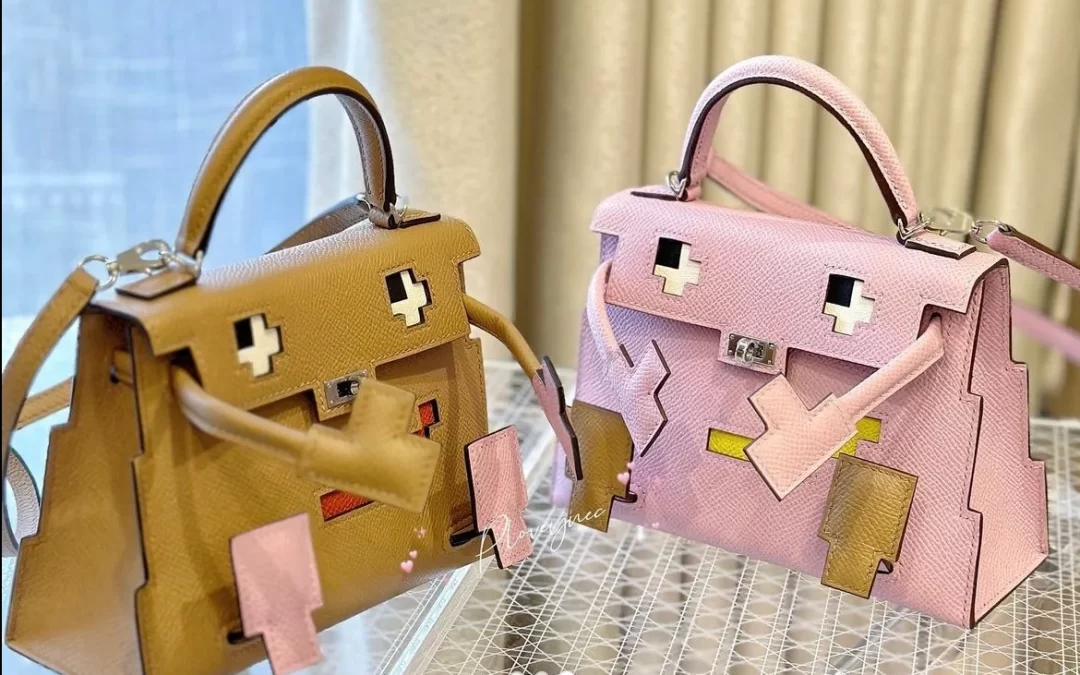
by CRIS&COCO | Dec 5, 2023 | Luxury Industrial Complex
The Unsolvable Puzzle of HERMÈS Are you still fantasizing about a HERMÈS Birkin or Kelly? Well, brace yourself for a rollercoaster of hope, confusion, and a sprinkle of desperation. The process of acquiring one of these enigmatic quota bags remains a mystery wrapped...
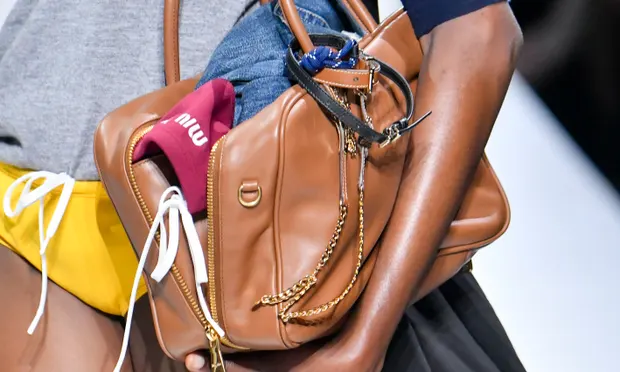
by CRIS&COCO | Nov 28, 2023 | Luxury Industrial Complex
The Unspoken Language of the XXL Bag The XXL bag, a veritable cornucopia of personal items, emerges as a fashion statement and a symbol of societal truths. The trend, reminiscent of a doner kebab spilling its contents, signifies more than a sartorial choice....
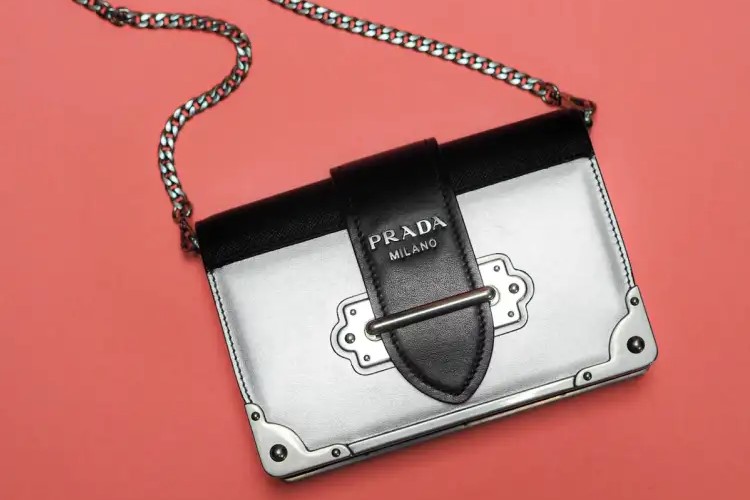
by CRIS&COCO | Nov 15, 2023 | Luxury Industrial Complex
Introduction: The Passion Asset Paradox Welcome to the dazzling world of ‘Passion Asset Investments,’ where your love for luxury items can magically transform into a sound financial strategy. Here, we’ll take a tour of this...
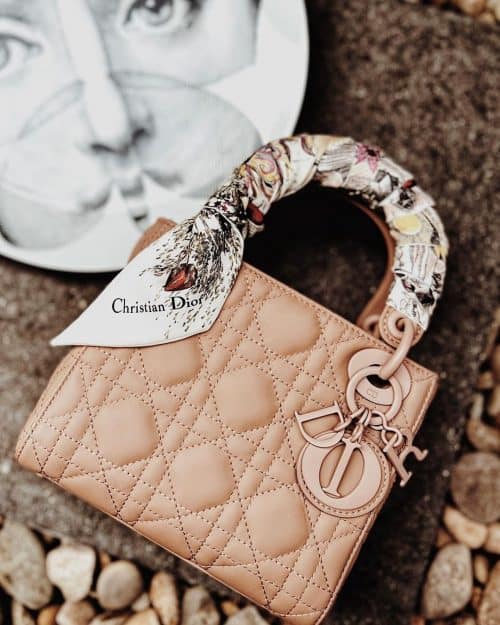
by CRIS&COCO | Nov 10, 2023 | Luxury Industrial Complex
The Investment Bag Illusion Once upon a time in the fashion world, “investment” didn’t just mean something you could flaunt on your arm—it meant quality, timelessness, and a wise choice to buck the fast fashion trend mill. Oh, how the mighty term has...
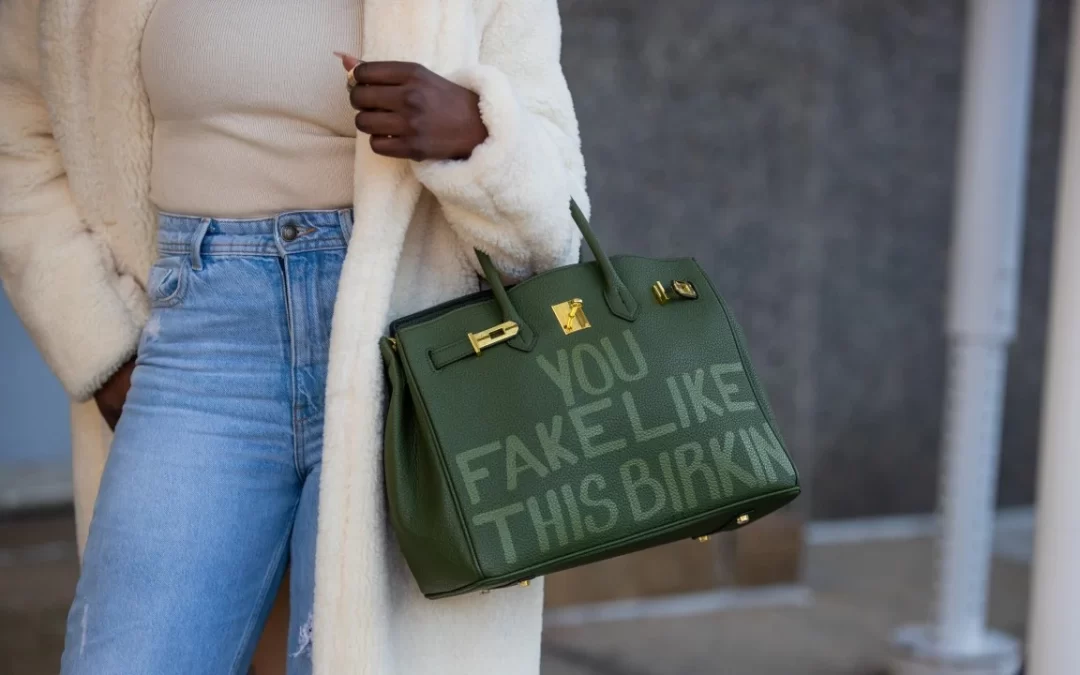
by CRIS&COCO | Nov 6, 2023 | Fake Industry
The Illusion of Luxury: Can You Spot the Difference? The world of fashion is buzzing with a new kind of high – the super realistic fake designer bags that are giving original brands a run for their money. Forget the obvious knockoffs of the past; today’s...






